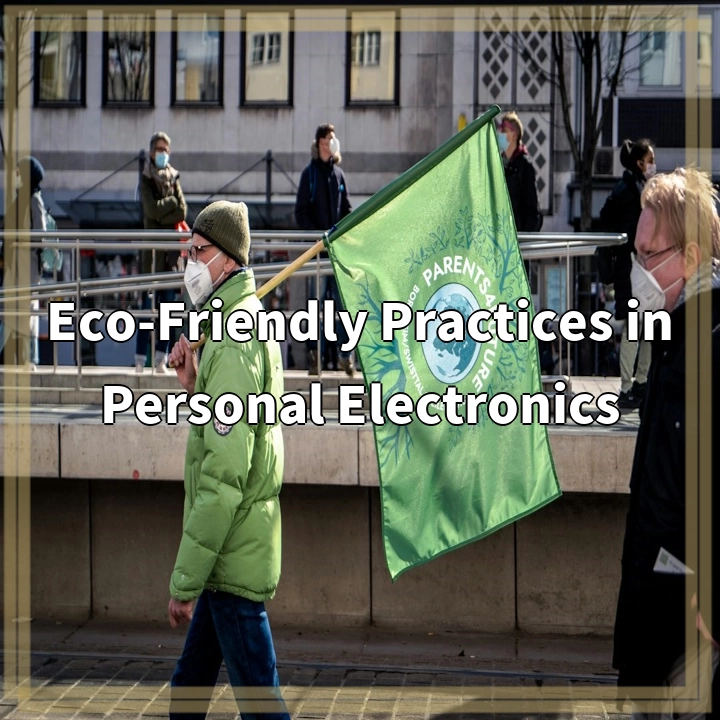
What is Urban Agriculture?
Urban agriculture refers to the practice of cultivating and producing food within urban areas. It involves growing crops, raising livestock, and keeping bees or poultry in cities or towns. This form of agriculture aims to utilize available spaces such as rooftops, balconies, community gardens, and vacant lots to produce fresh and healthy food for local communities.
Real-World Problems Associated with Urban Agriculture
1. Limited Space:
One of the primary challenges of urban agriculture is the scarcity of space in densely populated cities. Many urban areas have limited land available for cultivation, making it difficult to establish large-scale agricultural projects.
2. Soil Contamination:
In urban environments, the soil can often be contaminated with pollutants, such as heavy metals or chemicals from industrial or residential activities. This poses a risk to the quality and safety of the food grown in urban agriculture systems. Proper soil testing and remediation strategies are necessary to mitigate this problem.
3. Limited Access to Resources:
Communities engaged in urban agriculture may face challenges in acquiring essential resources such as land, water, and seeds. Limited access to these resources can hamper the success and expansion of urban agriculture initiatives, particularly in low-income areas.
4. Lack of Knowledge and Expertise:
Engaging in urban agriculture requires knowledge and expertise in various areas, including sustainable farming practices, crop selection, pest management, and composting. Many urban farmers may lack the necessary skills and training to optimize their production and overcome potential challenges.
5. Policy and Regulatory Hurdles:
Navigating through complex policies and regulations can be a significant barrier for urban agriculture. Some cities have strict zoning laws or restrictions on livestock keeping, making it difficult for urban farmers to operate legally and sustainably. Engaging with local authorities and advocating for supportive policies is crucial for the growth of urban agriculture.
6. Economic Viability:
Achieving economic viability can be challenging for urban agriculture projects. The high cost of land, limited scalability, and competition from traditional agricultural systems can make it difficult for urban farmers to generate sufficient income. Innovative business models and community support are essential to overcome these economic challenges.
Overall, while urban agriculture offers numerous benefits, there are several real-world problems that need to be addressed for its successful implementation and expansion. By understanding and finding solutions to these challenges, urban agriculture has the potential to transform our concrete jungles into sustainable food-producing ecosystems.

Potential Solutions to Urban Agriculture Challenges
1. Vertical Farming and Innovative Growing Techniques:
Vertical farming, hydroponics, and aquaponics are innovative techniques that can maximize agricultural productivity in limited urban spaces. By utilizing vertical structures, such as buildings or specially designed containers, crops can be grown in multiple layers, significantly increasing yield per square foot of land.
2. Soil Remediation and Management:
Implementing soil testing and remediation practices can help address the issue of soil contamination. Techniques such as soil amendment, composting, and phytoremediation can improve soil quality and ensure the safety of the food produced in urban agriculture systems.
3. Community Gardens and Land Sharing Initiatives:
Encouraging the establishment of community gardens and land-sharing initiatives can help overcome the challenge of limited land availability. By collectively utilizing available spaces, urban farming projects can access more land for cultivation, fostering community engagement and food security.
4. Education and Training Programs:
Providing education and training programs for urban farmers can enhance their knowledge and skills in sustainable farming practices. Collaborating with local agricultural institutions, offering workshops, and mentorship programs can empower urban farmers to optimize production and overcome challenges.
5. Policy Reforms and Advocacy:
Advocating for supportive policies and collaborating with local authorities can help streamline regulatory hurdles. Engaging in conversations with policymakers, raising awareness about the benefits of urban agriculture, and demonstrating its positive impact can lead to more flexible and favorable regulations for urban farmers.
6. Value-Added Products and Market Diversification:
Creating value-added products, such as prepared foods or specialty goods, can increase the economic viability of urban agriculture projects. Diversifying market channels, such as participating in farmers’ markets, local restaurants, or community-supported agriculture programs, can also provide additional income opportunities for urban farmers.
By implementing these solutions, urban agriculture can overcome the real-world challenges it faces, fostering sustainable food production, strengthening local communities, and transforming urban environments into green and resilient spaces.















